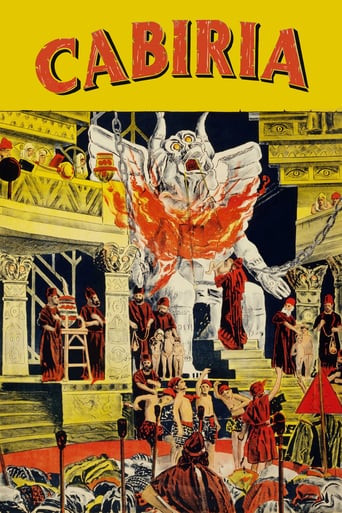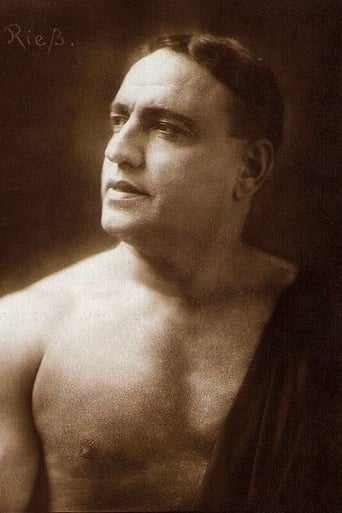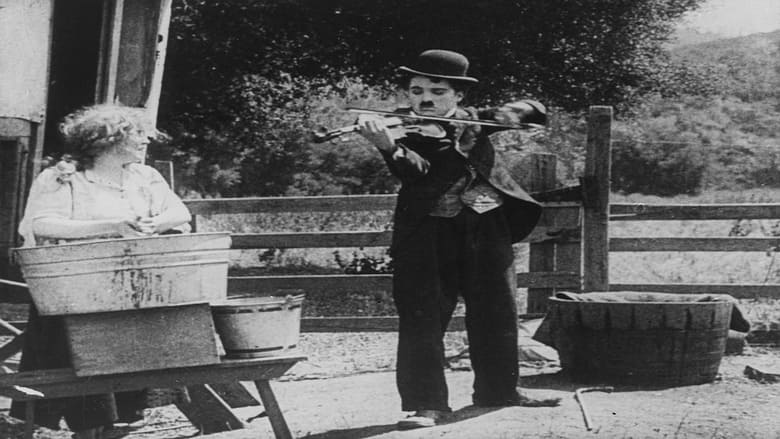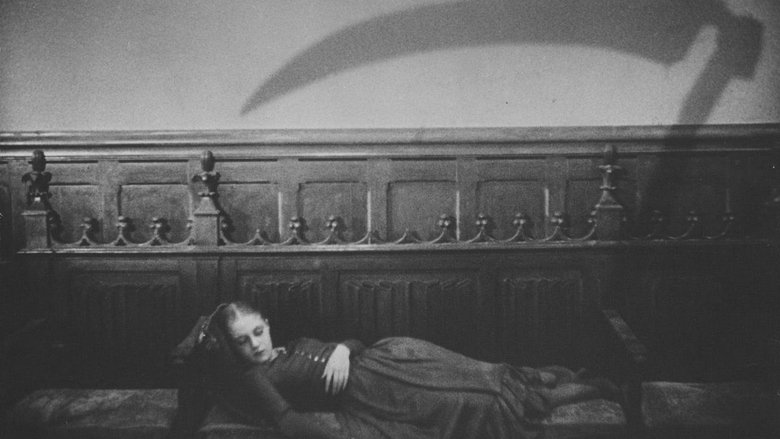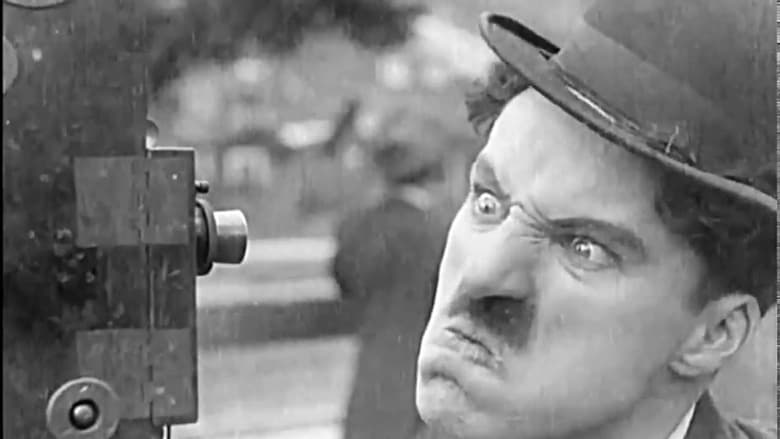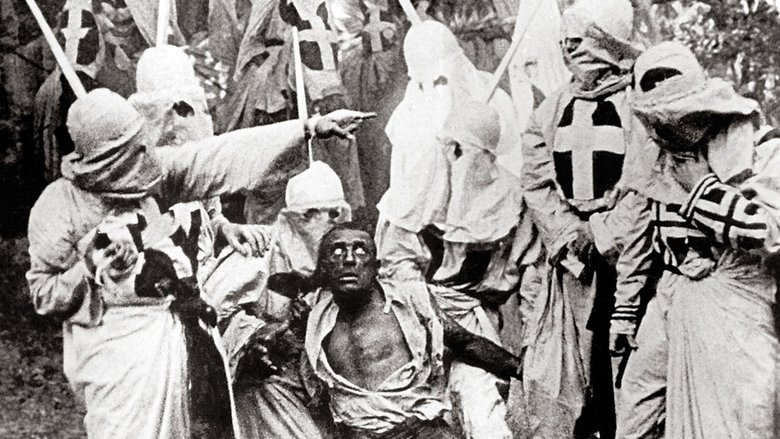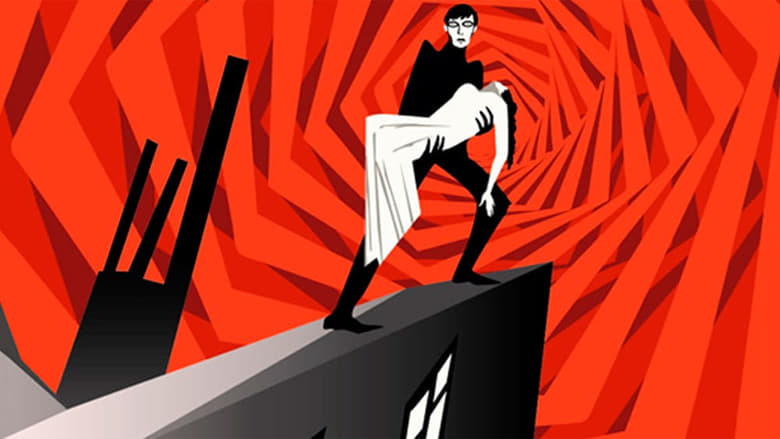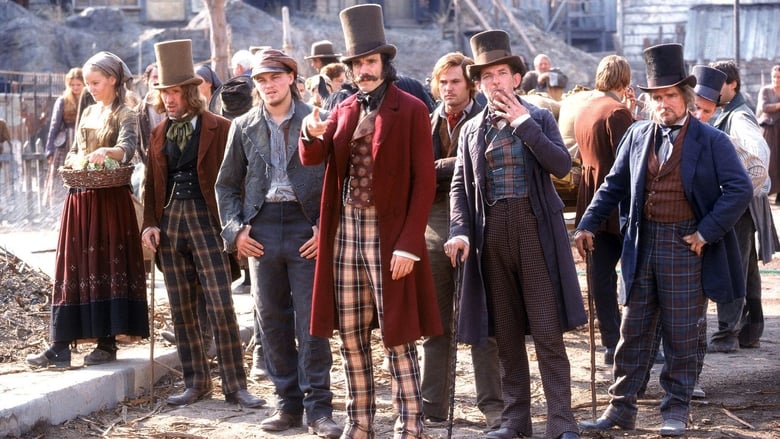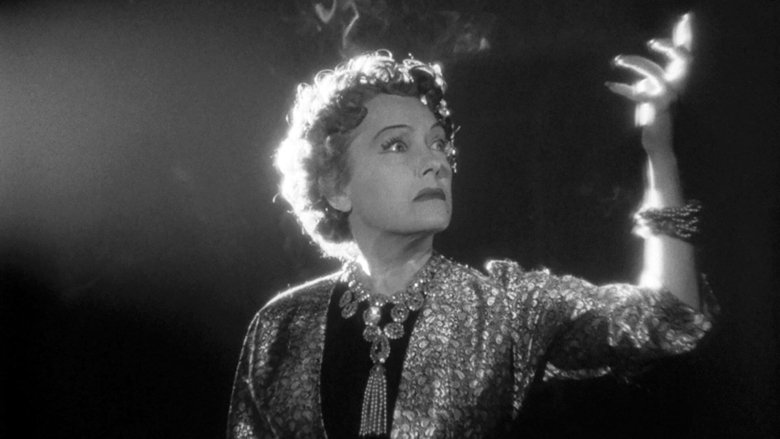Young Cabiria is kidnapped by pirates and sold as a slave in Carthage. Just as she's to be sacrificed to Moloch, Cabiria is rescued by Fulvius Axilla, a good-hearted Roman spy, and his powerful slave, Maciste. The trio are broken up as Cabiria is entrusted to a woman of noble birth. With Cabiria's fate unknown, Maciste punished for his heroism, and Fulvius sent away to fight for Rome, is there any hope of our heroes reuniting?


Similar titles
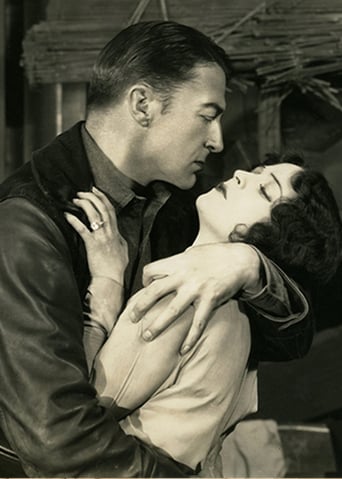
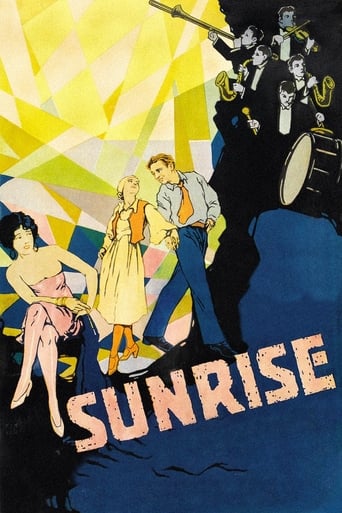



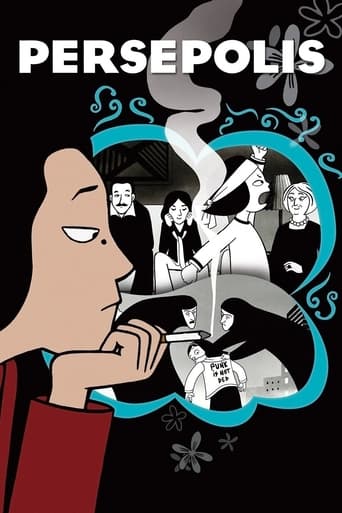
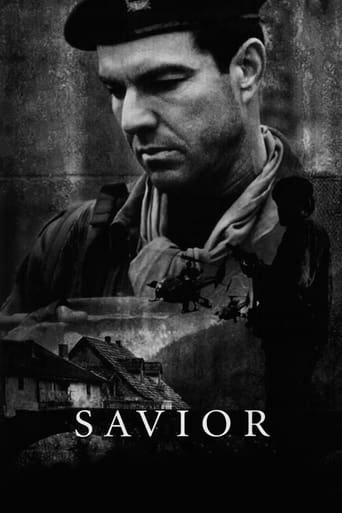
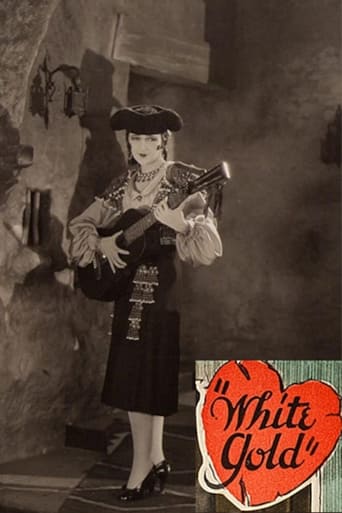

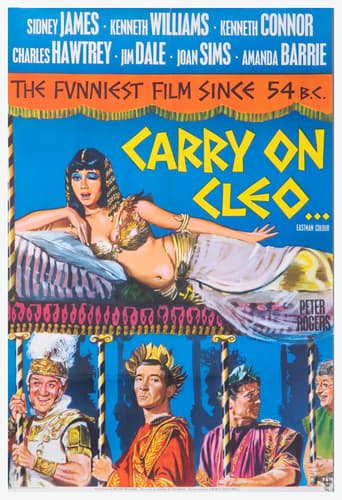
Reviews
There's something magical and alluring about Cabiria that goes above and beyond the sum of its hit-and-miss elements. Beautifully sprawling sets depicting ancient times with stunning detail and imagination serve as the backdrop to characters that jump out from the screen in a way that had yet been achieved anywhere else. In more ways than one, Cabiria strikes many a resemblance to Dante's Inferno from a few years prior, but tops said film on just about every count. Perhaps the most vivid comparison between the two lies in its special effects. While Inferno's imagery strived for biblical grandeur, Cabiria instead delivers something that's more artistic and frail. Sure, there are scenes which focus mostly on disaster and action, but it's the movie's dabbling in dream-like effects and romantic imagery that gives it the upper hand. By no means is everything perfect, however. It has to be said that moments of banality and obtuse, incomprehensible plotting occur more frequently in between moments that either awe you with spectacle or woo you with charm. Nevertheless, the film still manages to make its mark well, standing out vividly from its early cinematic siblings thanks to its more straight-forward subplots which more often than not cease any yawns beginning to surface. Perhaps most staggering of all is the film's scope, not just in ambition and bravado, but in its ability to strike genuine pathos. Whether it's moments of comic relief, tragic despair or sheer thrill, Cabiria gripped me from time to time in ways that earlier features failed to do. Definitely worth at least one watch for curious cinephiles and in my opinion is the first truly worthwhile entry in cinema's awkward infancy years.
Orson Welles once said that "sound is the first human sense of the theater" and while this may accurately refer to majority of movies, it is not the sound but image that appears to be the first sense of the epic.When dealing with the history of cinema, sooner or later, one is bound to encounter the epic in the purest sense of the word, the mother of all spectacles, the inspiration that lies behind the greatest showmanship of D.W. Griffith and Cecil B DeMille. At the dawn of the medium, people were interested in showing antiquity but the thought was not born in Hollywood but where it actually has its historical roots, the Mediterranean. Yes, this time all roads lead to Italy. Apart from the greatest masterpieces of art throughout the centuries, it is also Italy that gave birth to the most stupendous, elaborate, stunning visuals that have awed the imagination of viewers for the last century.CABIRIA by Giovanni Pastrone with the restored music piano score by Jacques Gauthiers was made at a very significant point of history: Italy had been victorious after the Lybian War and, similarly to the role greatest epics of Hollywood served, the film with the setting of its story appeared to be a manifestation of power centered again, after all these, in Rome ---not the Imperial Rome but the Rome the Republic, at a very interesting period: the Punic Wars in the 3rd century before Christ. The story of Cabiria is nicely incorporated into the motives of a marvelous visual display of powerful nature and army. Its mixture of attraction and repulsion, mighty volcanoes and delicate doves, well built giants and delicious women, cruel army leaders and clever inventors lead to all hallmarks of an epic/drama. It's all in CABIRIA starting with hatred destined to be conquered and concluding with love always destined to be the conqueror. AMOR VINCIT OMNIA But let me highlight a few points about the visuals now.It is important to keep in mind that CABIRIA is heavily influenced by operatic feeling. All this grandeur is the pure essence of what we find in opera. Its strength lies in visuals. Naturally, however, we treat them absolutely differently from today's standpoint. It seems that only a very in-depth eye may capture certain details. The film is divided into 5 episodes which a little bit distract the holistic viewing of the story. Nevertheless, each one has something to offer, if not the costumes, then the great sets, marvelous for the time and still awe inspiring after a century. The eruption of Etna, Hannibal crossing the Italian Alps, the huge temple of Moloch sequence, the war with Carthage, the assault on Syracuse in Sicily (consider the mention of the 'sea of Aretusa'), the interiors of palaces and outstanding costumes. It is significant that the story begins in Sicily, the source of food in ancient Rome and, at the same time, the island that has for ages frightened people with Europe's biggest volcano. While the beginning of the movie is a pure spectacle of nature, it slowly turns to the spectacle of army in order to reach a rather poetic conclusion. American showmen used to say and still many keep saying: "It's all BIG!" We might say the roar of crater turns into roar of war and jealousy. And the characters? The title Cabiria (Lidia Quaranta) is rather shadowed by other characters who either help her keeping in mind the motto: "Help you give, Help you will receive" or do not seem to have much in common with her but serve as emotional resonance of historical period. Although they are not much developed and seen as if through the curtain of spectacle, we get quite a variety: Croessa (Gina Maragnoni), Cabiria's nurse, Fulvius the Roman (Umberto Mozzato) who may draw parallels to plenty of noble Roman characters in various epics; Maciste (Bartolomeo Pagano) who bears resemblance with Hellenic Hercules, Sienkiewicz Ursus and biblical Samson; queen Sophonisba (Italia Almirante-Manzini) who reveals certain features of ancient femme fatale, Poppaea-like character with a pet leopard (not only Patricia Laffan echoes the image in 1951 QUO VADIS but also Claudette Colbert in 1932 THE SIGN OF THE CROSS) but appears to redeem herself ostentatiously, operatically and dramatically at the end; the elderly Carthaginian architect Archimede (Enrico Gernelli) who creates a terrific machine of war; the funny Bodastoret, the innkeeper; the villainous Massinissa (Vitale Di Stefano), the Numidian impostor of the throne; Syphax (Alessandro Bernard), the old, powerful man who marries a beauty as his loveless political toy; the High Priest Karthalo (Dante Testa), a devil-incarnate who demands human sacrifices to a god (consider the clever representation of a belief/religion that may be of some help but may also resort to most disgusting systematic cruelty). All of the characters contribute to the various strong points of CABIRIA.Almost half a century later, Federico Fellini made a parallel to the character' name, Cabiria, in his 1957 Oscar winning achievement. Strangely, I had a feeling that if the people of yore, the people of ancient times would have any link with modern times, CABIRIA would be one of those films which would occur to capture the gist within the recreation of antiquity. Perhaps, it is because of the test of time it has undeniably stood. No matter what emotions, feelings, imagination it evokes, this silent gem should be more known today. It might serve modern epic as an old tutor full of novelty what to change, what to get rid of in order to come back to the roots again. Surely worth seeking out! HAPPY CENTENARY, CABIRIA!
Volcanoes, earthquakes, pirates, fire sacrifices, elephants in the Alps, camels in the deserts, ships all over the place, a heat ray, secret messages in poisoned jewelery, the first film appearance of Maciste/Hercules in a sword-and-sandal movie: what's not to enjoy? It's just unbelievable that this movie is almost a hundred years young.Well, there's a bit not to like. The first time I saw this, I spent most of the movie trying to figure out if Bartolomeo Pagano was really black. I don't think so, but am not really sure about that. If he wasn't, then it is off-putting to have a white star in black-face (in his case, 'black-body') with real black actors as extras. There's that plus some anti-Semitism, not to mention all the fascist salutes. These were the times during which the film was made.The first time around, the Moloch scene is horrifying on its own, and...***spoiler alert***...you're cheering on the heroes as they save the child. The second time around, after more thought, it's the invocation to Moloch that's so incredibly creepy against the perspective of all the young lives that would soon be offered up on battlefields throughout Europe (including Italy) in the upcoming 20th century wars.The storming of the city of Cirta near the end of the film is okay, but one can imagine D.W. Griffith sitting through it thinking, "I can do a battle-on-the-city-ramparts scene better." He did, too, with the storming of Babylon in "Intolerance." However, he didn't have Sophonisba. She makes a late appearance in "Cabiria," but...***spoiler coming up***...her death scene ends the film perfectly. And she makes another appearance at the very end. Yay!It's still an incredibly good movie, well worth watching.
Everyone says the plot is convoluted, impossible to follow and boring, and that the only reason to watch this is for the costumes and set pieces. but I think they're missing something.The plot moves forward on two levels - the personal and the political, so the real theme behind this movie is how the political affects the personal, and vice versa. Especially by the end of the film, shifting political alliances, military victories and defeats are clearly and dramatically affecting the fates of our heroes. And then, ultimately, Cabiria is freed because of the personal effect of a political move: Scipio takes Sophonisba away from Massinissa to eliminate the threat of rebellion, and in doing so, takes away the queen's reason to live.Curiously, Cabiria, the center of the movie, is the most passive and perhaps least developed character in the film. She might as well be buried treasure. And yet she is the center of the movie, and sometimes we are reminded of her because the camera seems to forget her. Take the garden scene, when it is not at all clear what happens to her, and then we don't know for a good long time: she does not appear again literally for ten years, and then when she does reappear, it is with a different name, and we are not told it is her. She is there because she is not there; the fact that her fate is unresolved remains the central tension and dramatic force of the movie.Ultimately, I think this form of storytelling - both the "big world/little world" plot development and the "unresolved character" issue work better in literature/theater than on film, and that's probably why, in retrospect, we watch this movie mostly for the costumes. But what I see is the developing language of cinema, and an experiment tried by a director and screenwriter in 1914 that would never be considered today.Which adds up to a fascinating movie worth watching, in my book.
